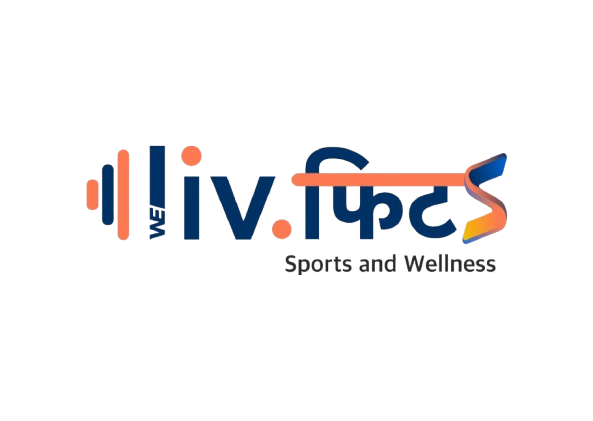How to Identify the Right Body Part for Targeted Relief
Share
In our fast-paced world, understanding how to identify the right body part for targeted relief is crucial for maintaining physical health and wellness. Whether you're experiencing muscle soreness, joint pain, or tension, knowing where to focus your relief efforts can make all the difference. Here’s a comprehensive guide to help you pinpoint the specific areas that need attention and the best methods for relief.
1. Listen to Your Body
The first step in identifying the right body part for relief is to listen to your body. Pay attention to the signals it sends. Are you feeling tightness in your shoulders? Is there discomfort in your lower back? Take note of any areas that feel different, and assess the type of discomfort. Is it sharp, dull, or aching? This initial assessment is vital in narrowing down where to focus your relief efforts.
2. Assess Your Activity Levels
Consider your recent activities. Have you been more active than usual, or have you recently engaged in a new workout routine? Activities like lifting heavy objects, running, or even sitting for extended periods can lead to specific areas of tension or discomfort. Reflect on your physical activities over the past week to help identify the body parts that may require targeted relief.
3. Check for Common Trouble Spots
Certain body parts are prone to discomfort due to common habits or activities. Here are a few areas to consider:
- Neck and Shoulders: Often tight due to stress or prolonged computer use.
- Lower Back: Commonly affected by poor posture or heavy lifting.
- Knees: Can be strained from high-impact activities or sudden movements.
- Feet: Frequently suffer from overuse, especially if you spend long hours standing.
By assessing these trouble spots, you can more easily identify which body part needs your attention.
4. Utilize Pain Assessment Tools
Consider using pain assessment tools, such as the visual analog scale (VAS), to evaluate the intensity of your discomfort. Rate your pain on a scale of 1 to 10, where 1 is minimal discomfort, and 10 is severe pain. This quantification can help you prioritize which body part requires immediate relief.
5. Explore Targeted Relief Methods
Once you’ve identified the specific body part needing relief, explore targeted relief methods such as:
- Stretching: Gentle stretches can alleviate tension in tight muscles.
- Foam Rolling: This technique helps release muscle knots and improve blood flow.
- Heat Therapy: Applying heat can relax tight muscles and improve circulation.
- Cold Therapy: Ice packs can reduce inflammation and numb sharp pain.
6. Consult a Professional
If you're unsure about the source of your discomfort or how to treat it effectively, consulting a healthcare professional is a wise choice. A physical therapist or chiropractor can provide personalized assessments and recommend targeted relief strategies tailored to your needs.
Conclusion
Identifying the right body part for targeted relief is an essential skill for maintaining overall wellness. By listening to your body, assessing your activities, and utilizing the right techniques, you can effectively manage discomfort and enhance your recovery. Remember, your body is your best guide—trust it to lead you to the relief you need.
